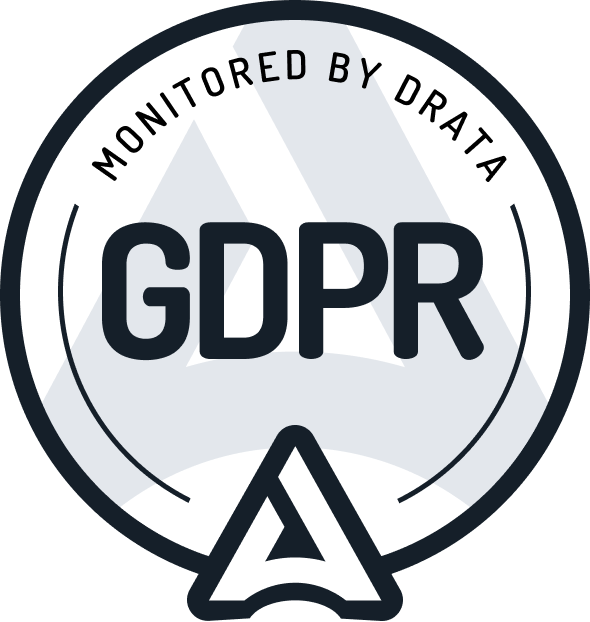
6 best communication tools for developer communities
Get notified when customers mention you online - with Crowdlens
The need for reliable communication tools is on the constant rise as developers continue to work from home. This led to an increased demand for online communication platforms. Choosing the right platform can be challenging since the majority tend to be similar, especially if you take a look at collaboration capabilities, screen sharing, instant messaging, and numerous other features. We analyzed several communication platforms for you and combined the top 6, which you should definitely consider trying out, into a list.
Slack
Slack has been used internally by about 77% of Fortune 100 companies. It has a variety of essential features, like voice calls or instant messages, which are helpful in coordinating and collaborating with your team. When it comes to developer channels, Slack houses a great number of developer groups, and most of them are free to join.
One of the most popular channels is ‘Hashtag developers’, a community that connects devs from all around the world. Other key channels include FEDs on Slack, IOS developers, and Angular chat. All these communities focus on sharing knowledge through discussions, answering peer questions, and building a support system, which can be helpful in improving your developing skills. Additionally, Slack boasts integrations to key resources such as Dropbox and Google Drive to streamline access to files.
Discord
Discord was originally set up for gamers, but due to increasing demand, it expanded and adapted to accommodate other types of communities, including developers. Recent rumors that Microsoft was in talks to buy Discord for 10 billion dollars illustrate just how hyped the platform is. Discord groups are called servers and everyone can start or join them for free. Probably one of the most recognized features that is responsible for Discord’s popularity is its excellent video and voice chat functionality. You can engage in groups or chat with other users. Discord knows of the importance of casual interactions and encourages it, for example, by embedding YouTube and Spotify on the platform.
The platform has an official Discord developer server where devs can join and be part of a dynamic and support-driven community. Sharing and collaborating while using the platform’s libraries and other excellent features is easy and highly convenient for members. The paid version, dubbed ‘Discord Nitro’ spices up the experience, especially when it comes to video quality and more.
Gitter
In the modern ICT space, developers have to collaborate and network remotely to help each other grow. The platform focuses on connecting people through streamlined messaging and community interactions both publicly and privately. Gitter allows communities to design content that attracts new members. As long as you have an authorized profile on Github, you can access any public discussion without the need for extra permissions. Gitter does not require users to join channels in order to read its content.
The platform’s chat interface is very user-friendly and convenient, with customizable notifications settings to alert you when you receive messages. There are no limitations to room capacity, which makes the support eco-system ideal. Integrations like Trello and Bitbucket give developers an easy and pleasing experience.
Rocket.chat
Rocket.chat has a variety of features, which makes it an excellent option. Firstly, it allows you to customize the interface using available and customizable themes. Secondly, it has reliable and quality video and audio-conferencing capabilities that users can enjoy for free. Other features that this popular open-source team communication platform offers include screen sharing, guest access, and an array of helpful integrations, such as Pidgin.
Rocket.chat’s real-time translation is one of the features which makes it appealing for the global market since people who speak different languages are able to communicate easier. Another interesting function, which improves collaboration is that users can import various forms of data from other communication platforms. You can have a look at its source code on Github.
Zulip
Zulip has a refined real-time chat functionality, its the interface is neat and organized and you can send messages either private or in group chats. Zulip simplifies chatting by enabling threaded conversations and keyboard shortcuts. Zulip’s import feature allows users to collect information from an assortment of other chat platforms, including Mattermost and Gitter. The platform makes integrations easier by providing excellent APIs.
While Zulip’s free plan comes with pretty much everything, there is a paid plan for more storage and on-premise options.
Mattermost
Mattermost has an interface which is similar to that of Slack. Mattermost has gained popularity with the developer community in recent years for its optimal scalability, especially when it comes to customization to fit specific business needs. Written mainly in Golang, it supports integration with LDAP to bolster security. Further, the platform has a state-of-the-art security framework that adds an extra layer of protection against cyber-attacks.
Mattermost allows users to share screens, images, videos, and other types of files easily from your cell phone. This makes communication and collaboration possible on the go. Its interface is clean, and organized, with a rather simple UI that contains a seamless search function.
Modern work requires improved developer communication platforms that support collaborative work, multi-language networking, access through multiple operating systems, seamless messaging (for both groups and private chats), and custom integrations. These capabilities lead together to an environment that enhances growth and productivity. The communication platforms mentioned above, are top of the table when it comes to balancing all these essential functionalities and making them available on a single interface. Before selecting your best fit, define factors such as primary purpose, deployment history, security preferences, and compatibility capabilities.
Get insights to your inbox.
Once per month. No spam.


.png)





